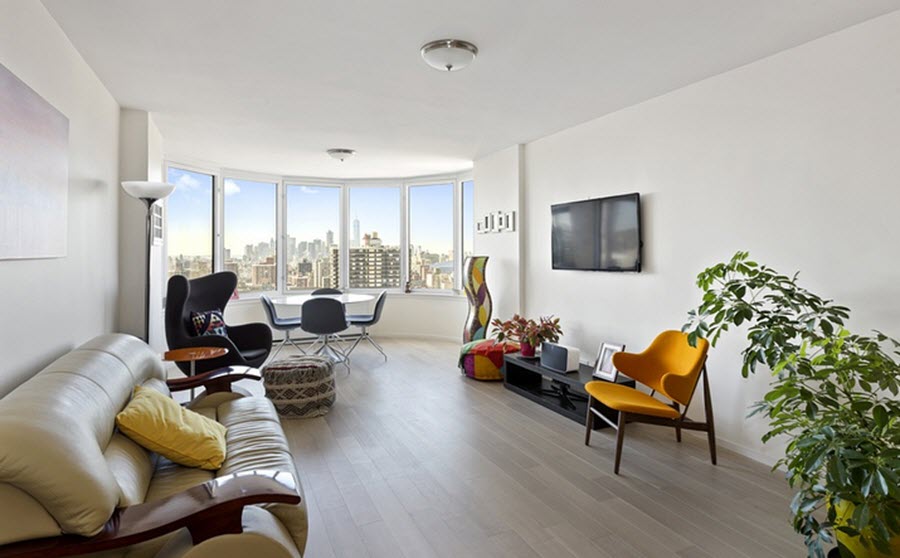Condominiums in Canada
The first condominium development in Canada was the Brentwood Village townhouse complex in Edmonton, Alberta, which was registered in 1967. Before the 1980s, condominiums made up less than 10% of homes built in Canada. Since then, the number has gone up a bit, but only one in eight Canadian households live in resdential condominium dwellings.
In Canada, condominiums are usually built in metropolitan areas. Even though they exist elsewhere in the country, they are much more common in the large city areas than in the rest of the country.
In Canada, condominiums are commonly referred to as “condos”, but there are some exceptions. In British Columbia in western Canada, you are more likely to come across the term “strata title” and in Quebec they are known as “syndicates” or “co-ownership” or “divided co-property” (French: copropriété divisée).
Regulation
In Canada, condominiums are regulated under provincial or territorial legislation. It is important to know and understand the applicable legislation before you make any investment decision, since the legislation will vary depending on where the condominium is located.
It is also important to know if it is a regular condominium or a freehold condominium. With a regular condominium, you will typically become the owner of the internal unit space and own a share of the condominium corporation. The condominium corporation owns the land, the exterior of the building and the common areas. If it is a freehold condominium, you can become the owner of the land and the building, and you own shares in the condominium corporation. The condominium corporation owns common shared roadways, amenities and other common property (if any).
Condominiums in Australia
In Australia, condominiums are known as “strata title schemes” or “community title schemes”.
In Australia, strata title is a form of ownership for multi-level apartments blocks and horizontal subdivisions with shared areas.
The legal concept strata title was first introduced in Australia in 1961, and back then it only existed in New South Wales. Before the introduction of strata title, the common method for dealing with ownership for multi-household buildings was company title. Over time, the company title solution proved to be less than ideal, e.g. when it came to securing a mortgage loan to make the investment.
Today, strata title schemes in Australia can be for apartments + common property, garages + common property, and storerooms + common property. Examples of common property are common stairwells, common driveways, common roofs, and common gardens.
Examples of countries that were inspired by Australia when they adopted their own versions of the strata title scheme are New Zealand, Fiji, Indonesia, Singapore, and the Philippines.
Condominiums in New Zealand
In New Zealand, a condominium is a Strate Title dwelling, also known as a Unit Title dwelling. The main applicable law is the Unit Titles Act 2010. In 2016, there were around 145,000 Strata Title dwellings in New Zealand.
Freehold vs. Leashold
A Strata Title can be either Stratum in Freehold or Stratum in Leasehold.
With a Stratum in Leasehold, you (the dweller) do not own the land. Someone else (e.g. a company) owns the land and the condominium body corporate pays rent to that entity.
With a Stratum Freehold, you (the dweller) own the underlying land.
The Torrens System
New Zealand uses the Torrens System of Indefeasible Titles. Accordingly, the title for a Strata Title has:
- A title for the Principal Unit, showing the legal description of that unit and any accessory units and any legal document registered against any of those units.
- A Supplementary Record Sheet, with the rules of the body corporate. Any legal document registered against the underlying land must be shown in the Supplementary Record Sheet.
- A Survey Plan, which shows the boundaries of the units and the common property.

